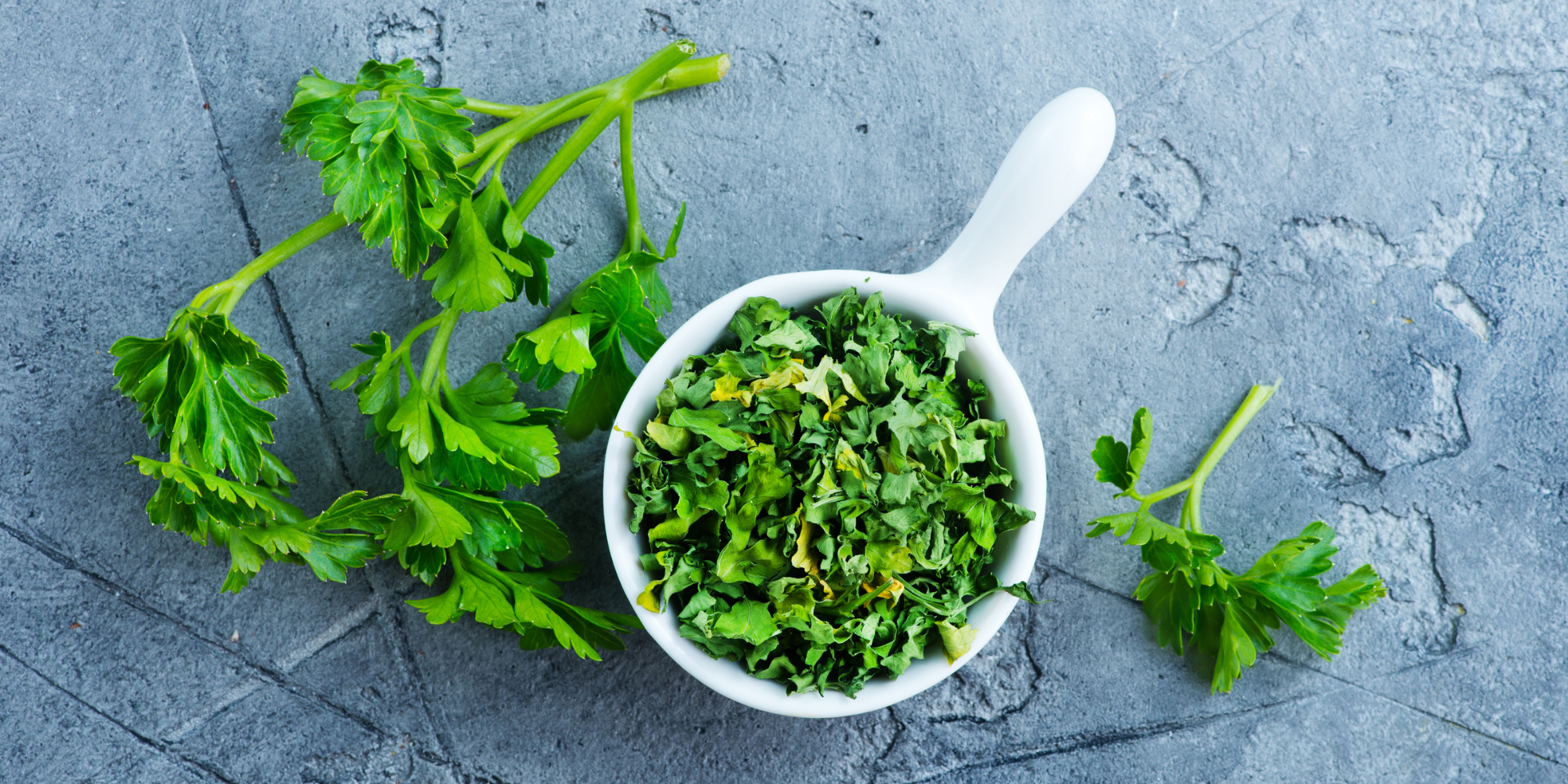How to Harvest and Store Parsley: A Guide to Preserving Freshness and Flavor
Parsley, with its vibrant green leaves and distinct flavor, is a versatile herb that adds a refreshing touch to a variety of dishes. Whether you have a bountiful parsley plant in your garden or have purchased a fresh bunch from the market, knowing how to harvest and store parsley properly is essential to preserve its freshness, flavor, and nutrients for future use.
In this comprehensive guide, we will delve into the art of harvesting and storing parsley, exploring various techniques and methods to maximize its shelf life. From understanding the different parsley varieties to step-by-step instructions on harvesting, washing, and storing, we will leave no stone unturned in ensuring you have the knowledge and tools to keep your parsley fresh and flavorful.
Understanding Parsley and Its Varieties

Before we dive into the intricacies of harvesting and storing parsley, it is crucial to familiarize ourselves with this herb and its diverse varieties. Parsley (Petroselinum crispum) belongs to the Apiaceae family and is known for its two main types: curly leaf parsley and flat-leaf parsley.
Curly leaf parsley, with its tightly curled leaves and milder flavor, is often used as a garnish or for decorative purposes. On the other hand, flat-leaf parsley, also known as Italian parsley, features flat, glossy leaves and a robust flavor, making it a popular choice for culinary applications.
In addition to these two main varieties, there are also lesser-known types such as Hamburg parsley, which is cultivated for its edible root, and Japanese parsley, which has a delicate flavor and is commonly used in Asian cuisines.
Harvesting Parsley: Knowing When and How
Harvesting parsley at the right time is crucial to ensure optimal flavor and freshness. The best time to harvest parsley depends on the growth stage of the plant and the purpose for which you intend to use it. Parsley can be harvested at various stages, including when it is young and tender or when it has matured and developed seeds.
To determine the ideal time for harvesting, observe the growth stages of your parsley plant. Young parsley leaves can be harvested when the plant has developed a few sets of true leaves, while mature parsley is ready for harvest when it reaches a height of 6 to 8 inches.
When it comes to the actual harvesting process, having the right tools and techniques is essential. To harvest parsley, you will need a pair of sharp gardening shears or scissors. Begin by preparing the plant for harvest, removing any dead or yellowing leaves and inspecting for pests or diseases.
Next, carefully cut the parsley stems about 1 inch above the soil level, ensuring that you leave enough foliage for the plant to continue growing. For harvesting parsley leaves, pluck individual leaves from the stems or cut entire stems if desired. If you wish to collect parsley seeds for future planting, allow the plant to flower and the seeds to mature before gently shaking them into a container.
By following these step-by-step instructions and tips, you can harvest parsley effectively while promoting the plant's continued growth and vitality.
Storing Parsley: Preserving Freshness for Future Use
Proper storage is key to maintaining the vibrant color, crisp texture, and intense flavor of harvested parsley. Whether you have a surplus of parsley or want to extend its shelf life for later use, there are several techniques and methods to choose from.
Before storing parsley, it is essential to prepare it appropriately. Begin by washing the parsley under cold running water to remove any dirt or debris. Gently shake off excess moisture, or pat the leaves dry with a clean kitchen towel. It is crucial to ensure that the parsley is completely dry before proceeding with the storage process, as moisture can lead to spoilage.
When it comes to storing parsley, refrigeration is the most common method. There are two primary techniques for refrigerating parsley: using plastic bags or damp paper towels. In both cases, the goal is to create a controlled environment that minimizes moisture loss and prevents wilting.
To use plastic bags, place the washed and dried parsley in a perforated plastic bag, squeezing out any excess air before sealing it. Alternatively, you can wrap the parsley loosely in a damp paper towel and place it in a resealable plastic bag. Both methods should be stored in the refrigerator's vegetable crisper drawer, where the temperature and humidity are optimal for preserving parsley's freshness.
Another popular method for storing parsley is freezing. Freezing parsley allows you to retain its flavor and nutrients for an extended period, ensuring its availability even when the plant is not in season. To freeze parsley, you can either blanch the leaves or freeze them directly using ice cube trays.
Blanching parsley involves briefly immersing the leaves in boiling water and then transferring them to an ice bath to halt the cooking process. Once blanched, pat the parsley dry and pack it into airtight freezer bags or containers. Alternatively, you can chop the parsley into small pieces and freeze them in ice cube trays with a little water or olive oil. This method allows for convenient portioning and easy incorporation into recipes.
By employing these various storage techniques, you can prolong the shelf life of parsley, ensuring that you always have fresh and flavorful herbs on hand for your culinary creations.







